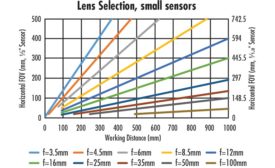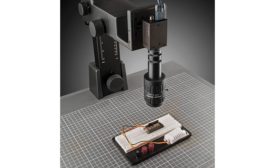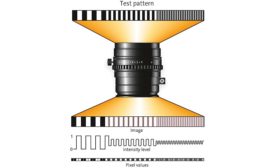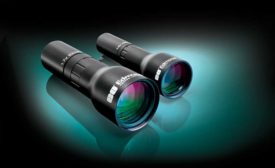Home » Keywords: » telecentric lenses
Items Tagged with 'telecentric lenses'
ARTICLES
Understand the differences between the most common types of lenses used in machine vision.
Read More
Vision & Sensors Lens Selection Guide, Part 1
Understand the differences between the most common types of lenses used in machine vision.
April 30, 2018
Choosing a Lens for Machine Vision
Not surprisingly, with the enormous range of sensor formats and resolutions available in machine vision cameras, there are many options for lenses.
September 1, 2017
Straight and True: Telecentric Lenses for Metrology and Quality Assurance
THE HIGH ACCURACY INHERENT IN TELECENTRIC LENSES IS OFTEN THE MOST COST-EFFECTIVE WAY TO SOLVE A MEASUREMENT PROBLEM.
September 8, 2015
Eliminate Hidden Errors
Use telecentric optical systems to optimize inspection image accuracy and reproducibility.
August 4, 2014
Get our new eMagazine delivered to your inbox every month.
Stay in the know with Quality’s comprehensive coverage of the manufacturing and metrology industries.
SIGN UP TODAY!Copyright ©2024. All Rights Reserved BNP Media.
Design, CMS, Hosting & Web Development :: ePublishing






